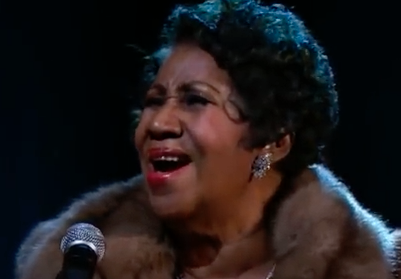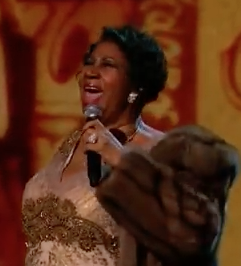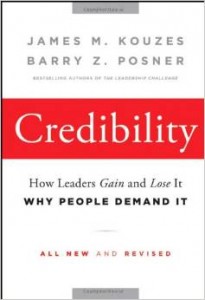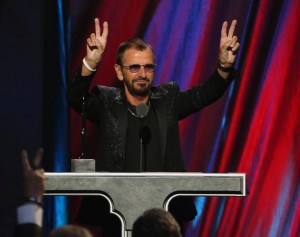With all of the tension surrounding the 88th Annual Academy Awards ceremony, which aired on February 28, 2016, there was no one better qualified to handle it than comedian and Master of Ceremonies Chris Rock. And handle it he did. In his opening monologue, he put diversity front and center, and it remained there throughout the entire program. The result: He made everyone in the audience feel comfortable, laugh, and of course exhale.
Some African-American celebrities chose to boycott this year’s Awards ceremony because of the absence of African-American nominees. Those who chose to attend, like Whoopi Goldberg, Morgan Freeman, Kevin Hart, John Legend and Common, were there to support their fellow actors no matter what race or creed.
Chris Rock looked sharp – elegant in fact – in a white tuxedo jacket with black pants, a perfect rhetorical nod to the controversy at hand. His comments were fair and balanced. He was able to poke fun at the issue without offending people.
The chain of events that led up to the Awards ceremony provided fodder for Chris Rock’s raw comic talent. His example showed others how to handle adversity. Rock and writers worked diligently to create several on-topic, hilarious parody videos. My favorite was Saturday Night Live alumnus Tracy Morgan’s comic portrayal of The Danish Girl.
What can we – as professionals – learn from this historic event? For one thing, it’s a reminder that life gives you choices. You can either choose to be for or against something; sometimes you lead the charge and other times you follow other people’s leads. You also have to pick your battles because there are many in life. When making those decisions, you must ask some critical questions: What do I gain from taking this stance? How am I positioning myself? Will it help or hurt my reputation?
The game changer statement that Chris Rock made was when he said that in 1962 there were no African-Americans nominated for any Oscars, and there were no boycotts then. Instead, he said, black people at that time were demonstrating against important social issues (like being raped or lynched) rather than who won best cinematographer. And he said it in his own inimitable Chris Rock way, funny and cutting to the core of truth. Were some of his words hard to hear or even admit to be true? Yes. Therein lies the power of the moment.
From my perspective, Chris Rock solidified his image as a brilliant, talented, quick-witted comedian who chose to be collaborative rather than combative.
Another big winner at the Oscars was the Girl Scouts, thanks to Chris Rock’s plug and plea to the audience to buy Girl Scouts cookies. That product placement is sure to result in a spike in U.S. cookie sales.
The action of the boycott itself and the response of Chris Rock and the Oscars producers has encouraged conversation around diversity and will hopefully spark some positive changes on the Academy board and within the voting process.













